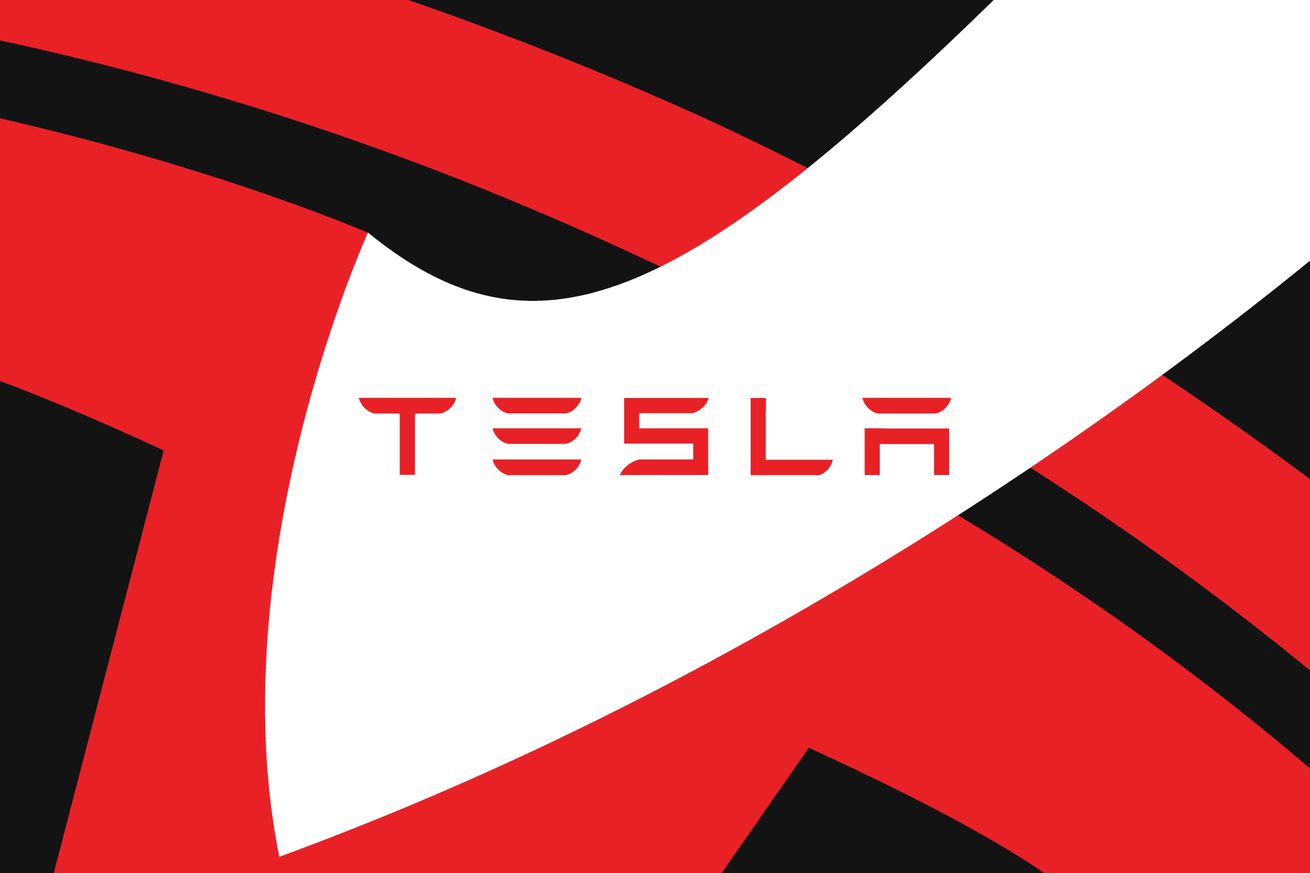Tovala reinvents the TV dinner with its connected oven combined with a meal delivery service that cooks healthy, delicious meals in under 20 minutes. But as a smart oven, it’s a disappointment.
The one thing no one tells you about working from home is that you have to make your own lunch. And my midday eating habits have become dire. It’s hard to whip up something in 10 minutes that’s healthy, tastes good, and doesn’t exist between two slices of bread — I hate sandwiches, and I don’t live near any quick lunch spots. I’ve tried all sorts of “easy” options — ready-to-eat supermarket offerings to bland and soggy microwave meals — only to be disappointed, as I always am by TV dinner-style options. Then, I met the Tovala Smart Oven Air Fryer.
Tovala’s latest oven is a $250 smart countertop appliance designed to cook the company’s fresh meal kits perfectly. A built-in scanner lets you just pop the food in, scan a QR code that comes with the kit, and in under 20 minutes, a tasty meal is ready. The oven can also scan a selection of store-bought groceries and works as a standard countertop oven.
The Tovala meals were really good, transforming my weekday meal experiences from an unsatisfying hassle to simple and yummy. I enjoyed Italian sausage and vegetable minestrone on Wednesday, tandoori spiced chicken breast on Thursday, a Korean BBQ salmon bowl on Friday (this was so tasty), and a sweet hoisin beef and veggie bowl the following Monday.
But I didn’t find the oven’s scan-to-cook feature all that helpful outside of Tovala’s meals. With no option to customize the preset cooking functions, I was occasionally left with food that was slightly undercooked for my taste. As an air fryer, the Tovala was nowhere near as good as my $100 Ninja, and it was also underwhelming as a smart oven. (Although, as a category, smart ovens are still finding their way.)
I tested Tovala’s newest model, the Smart Oven Air Fryer ($249). The Wi-Fi-connected oven can toast, air fry (it comes with a basket), bake, reheat, and broil. It’s the company’s third model following its launch on Kickstarter in 2017. Tovala also sells the Tovala Smart Oven Pro ($299, with the addition of a steam oven).
Tovala’s meal kits are what make the Tovala Smart Oven worth buying, and you can really only cook those meals with the Tovala oven — there are no instructions for cooking them any other way. You can buy the oven for just $99 if you sign up for six weeks’ worth of meals — which start at around $60 a week plus shipping — over six months.
It’s not that the Tovala oven can only cook Tovala meals — I could scan to cook various brand-name groceries, follow along with some recipes in the app to make my own dishes from scratch, or just use it as a regular oven. But it’s much better at cooking the Tovala meals than anything else, which makes this more of a meal kit subscription with a connected oven than a true smart oven.
While the concept of a smart oven is still being refined, I expected more than just preprogrammed recipes. The cooking function here is probably the smartest thing about it — custom cook cycles switch between multiple cooking modes and different temperatures automatically.
/cdn.vox-cdn.com/uploads/chorus_asset/file/24483887/236561_Tovala_Smart_Oven_JTuohy_0004.jpg)
Compared to, say, a June smart oven, which uses AI to identify food and cook it accurately, the Tovala is less impressive (also several hundred dollars cheaper). The Tovala’s only smart home integration is Siri Shortcuts (no Alexa or Google Assistant voice control). App control is limited to sending a program to the oven and getting an alert when it’s done. You can’t start or stop the oven remotely or adjust temperatures on the fly as you can with other connected cookers.
I also couldn’t sync the oven with any of my favorite recipe apps or another meal delivery service — not even to send the correct temperature to the oven. Ecosystem lock-in isn’t unusual in the smart kitchen space, where cross-platform compatibility is fragmented and spotty. But all I want is a smart oven that I can send any recipe to and then cook it with the push of a button with no programming required. Why is that so hard?
While the Tovala does let you manually program any recipe to the oven using the app, its smart features work best with its own food. After testing the oven for two weeks, I would recommend buying it if you plan to use the meal kits at least occasionally, but not as a standalone smart oven.
Tovala’s fresh meals are excellent and easy to cook
/cdn.vox-cdn.com/uploads/chorus_asset/file/24483892/236561_Tovala_Smart_Oven_JTuohy_0007.jpg)
Tovala supplied me with eight meals during my test period, delivered fresh to my door in well-thought-out packaging. And everything was very good. Not only were the dishes easy to make but also there were actual flavor profiles, great texture combinations, and plenty of add-ons to make each meal look and taste varied and interesting.
The oven also cooked everything perfectly — doing a better job in a shorter time than I could have managed if I had tried to make any of these from scratch. I enjoyed what tasted like a home-cooked meal every lunchtime with little to no effort on my part. That’s a win in my book.
Unlike some meal delivery services, there’s no chopping, marinading, preheating, or prepping — you put it all in the oven at once, press a button, and out comes a perfectly cooked meal. It’s the microwave oven meal reimagined to taste better. This is clearly a need in the category; Blue Apron recently added ready-to-cook meals, and many services now offer prep-free options.
With Tovala, everything — carbohydrate, protein, veggies — goes in simultaneously (sometimes in different containers). The oven uses custom cook cycles that switch between multiple cooking modes and different temperatures to cook every part of the meal perfectly. Then, once done, you assemble it on a plate or bowl and eat.
For example, to make the pictured Korean BBQ salmon bowl, I unpacked the small brown box that contained everything I needed, including a recipe card, a piece of vacuum-wrapped salmon, a bag of broccoli, some sauce packets, and two aluminum trays, one of which had uncooked rice in it.
Following the directions on the included card (which are also in the Tovala app), I put the broccoli in the tray with the rice, put the salmon in the other tray, and covered it with the sauce. Both trays went in the oven, and I scanned the QR code.
Seventeen minutes later, out came perfectly cooked rice and just-right salmon. I assembled everything in a bowl, stirred in the provided sesame sauce, and added the optional toppings of pickled cucumbers and crunchy noodles.
/cdn.vox-cdn.com/uploads/chorus_asset/file/24483893/236561_Tovala_Smart_Oven_JTuohy_0009.jpg)
The app sent a notification to my phone when the dish was done — so I could keep working until the food was ready and then sit down and enjoy my meal rather than spending 20 minutes cooking and trying to eat quickly to get back to work. The one hiccup I had was that the scanning function only works with an internet connection. My Wi-Fi went down one lunchtime, and I couldn’t cook the meal kit by scanning the code. I did eventually find some instructions for cooking without Wi-Fi on the Tovala support site (and the oven still works as a regular oven without internet).
Overall, it was so easy that I wished I could use it for dinner, too, but the Tovala service isn’t designed for my family of four. You can only cook up to two portions at a time, making it best suited for one or two people. But it worked as a solo lunchtime option, and I was impressed with the quality and taste.
The meal service is also not cheap. Meals start at $10 each, and most are around $13. There’s a minimum of four meals per week (with a maximum of 16), and including the flat rate of $10 shipping, my four meals cost $60 to $70 per week, around $15 to $17 per meal. That’s much more expensive than a $4 Trader Joe’s frozen chicken tikka masala — but also way tastier and more filling. It’s also cheaper and, on balance, probably healthier than Uber Eats or Grubhub. The menu choices were limited, though, especially if you’re a vegetarian or on any restricted diet. It doesn’t appear to have the breadth of options of some bigger meal services.
As a smart oven, Tovala isn’t so hot
/cdn.vox-cdn.com/uploads/chorus_asset/file/24483886/236561_Tovala_Smart_Oven_JTuohy_0001.jpg)
While the oven costs $250 as a standalone purchase, you don’t need to use Tovala’s meal kits or commit to any subscription to use it, so it’s something of a bargain for a smart oven. The June smart oven starts at $900 and the Brava at $1,295. Then there are highly rated “smart” countertop ovens, like the Breville Smart Oven Pro, for around $300. These generally aren’t connected but are more advanced than your standard toaster oven, with preset cooking options, multiple cooking modes, and other features that make cooking easier.
However, all of these options are, first and foremost, very good ovens — the June (which I have tested) and the Brava (which I have not) deploy innovative heating techniques for faster cook times. (The Brava can cook three zones independently.) The Breville is a very well-reviewed oven. It’s a Wirecutter favorite, and my parents have one and love it.
Compared to these ovens, the Tovala felt a bit basic, which shouldn’t be surprising for the price. The times I ventured outside of the meal kits, the results were disappointing. My Eggo waffles were underdone — despite scanning the Eggo box, as were my MorningStar Mozzarella Sticks.
/cdn.vox-cdn.com/uploads/chorus_asset/file/24494031/IMG_5149.JPG)
Air frying was lackluster compared to my Ninja Air Fryer. I cooked chicken nuggets in both at the same temperature and for the same amount of time, and the Ninja won hands down. The Tovala specifically bills itself as an air fryer, so this was a disappointment.
Tovala also offers step-by-step recipes in its app for making dishes from scratch. There is a decent selection, and this would be handy for beginner chefs. I didn’t get a chance to test many of these out, as I was feeding four to six people each night, and this oven just can’t handle that. But I did use it for a few side dishes and found the reheat button useful — this also cycles through cooking modes and does a better job than my microwave at evenly reheating and crisping up leftovers.
The couple of Tovala recipes I did try weren’t super successful, however. My deviled eggs popped and leaked all over the oven, and when I tried a second batch, the preset cook cycle wouldn’t let me shorten the cooking time. And the air-fried carrots came out distinctly soggy rather than nicely crisp.
While I like the oven’s simple physical controls (no fiddly touchscreen), I found them a bit limiting. For example, I couldn’t dial in a specific temperature; it only allowed me to enter in temperatures in 25-degree increments, so 375 or 400 degrees Fahrenheit and nothing in between.
/cdn.vox-cdn.com/uploads/chorus_asset/file/24483888/236561_Tovala_Smart_Oven_JTuohy_0005.jpg)
For a single person or a couple who likes fresh food but is too busy to shop and cook, Tovala offers a useful solution if you’re fine with a more basic countertop oven outside of cooking Tovala meals. (This is not the oven to try if you want to give air frying a whirl.) While there are plenty of other meal kit options out there, the added convenience of an oven that’s specially programmed to cook your meal to perfection takes all the prep and guesswork out of the process.
As a lunch option for a busy work-from-home mom, the Tovala is very tempting. If it could replace my Ninja, this would be a must-buy for me. But my chicken nugget eater roundly rejected Tovala’s attempts to cook her favorite food, and I don’t have room for two countertop ovens. And what is parenting, if not many small sacrifices?
Photos by Jennifer Pattison Tuohy / The Verge













/cdn.vox-cdn.com/uploads/chorus_asset/file/24480837/dji_aeroscope_discontinued.png) Screenshot: Emma Roth / The Verge
Screenshot: Emma Roth / The Verge